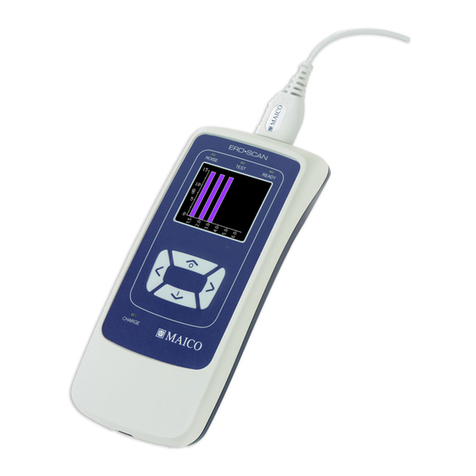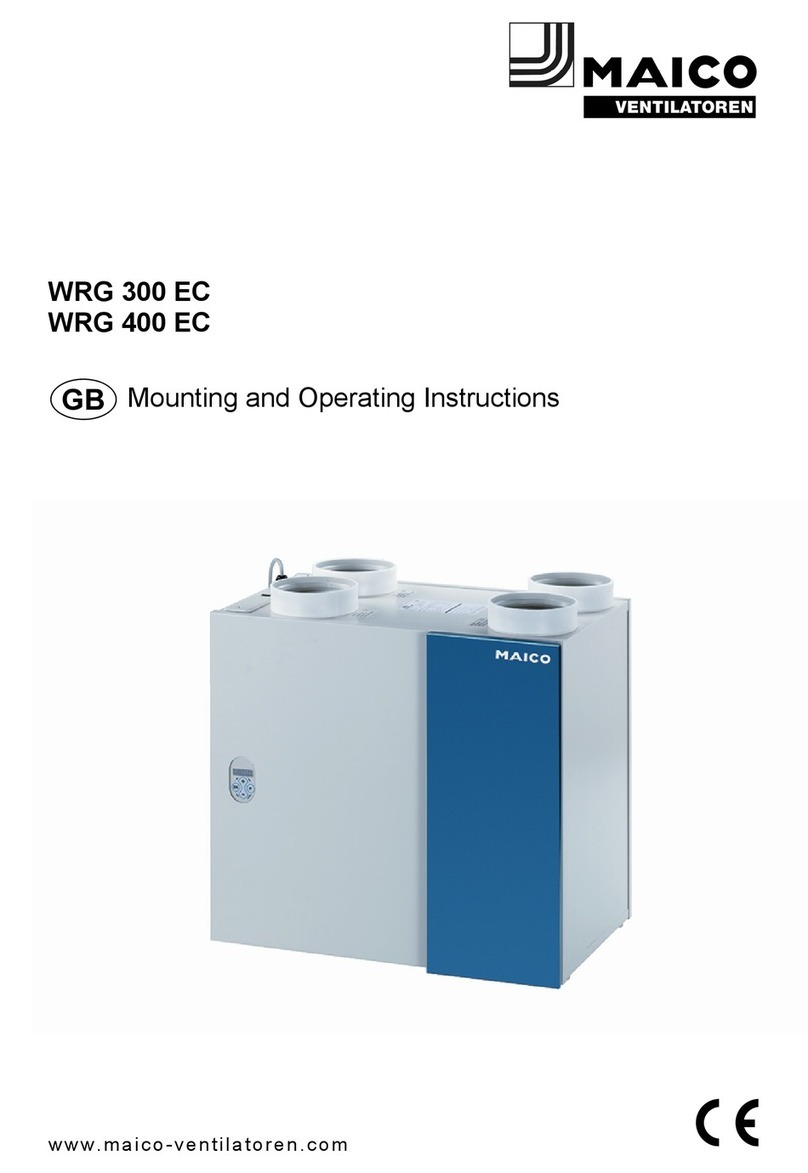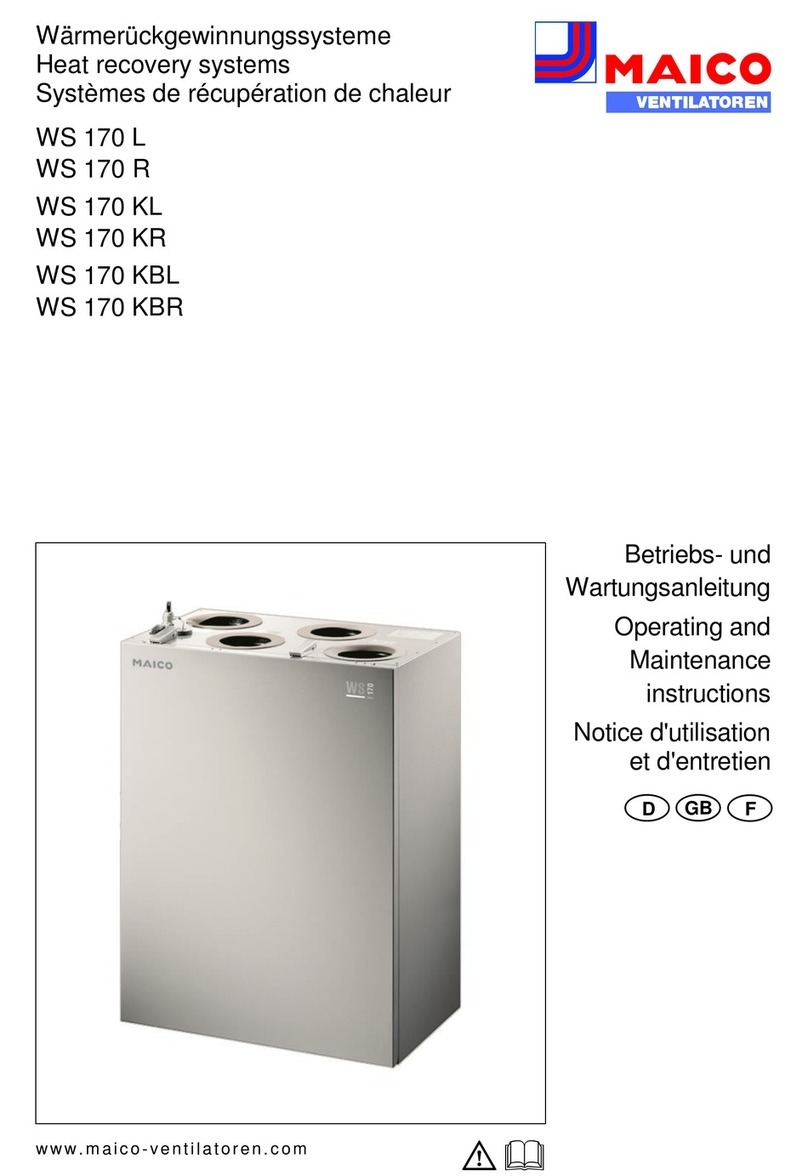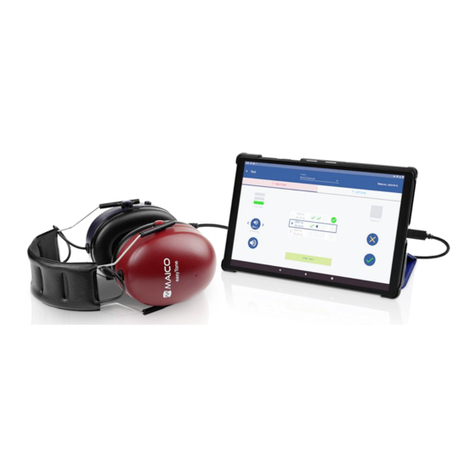Table of Contents
1Introduction..................................................................................................4
1.1 Intended Use Statement.....................................................................4
1.2 Indications for Use Statement............................................................4
1.3 Contraindications of Use Statement...................................................4
1.4 Features.............................................................................................5
1.5 Description......................................................................................... 6
2For Your Safety ............................................................................................ 7
2.1 Reading this Operation Manual..........................................................7
2.2 Customer Responsibility.....................................................................8
2.3 Manufacturer’s Liability.......................................................................8
2.4 Regulatory Symbols...........................................................................9
2.5 General Precautions ........................................................................10
2.6 Electrical and Electrostatic Safety....................................................10
2.7 Electromagnetic Compatibility (EMC)............................................... 12
2.8 Battery Safety...................................................................................13
3Warranty, Maintenance and After-Sales Service.......................................14
3.1 Warranty...........................................................................................14
3.2 Maintenance..................................................................................... 14
3.3 Cleaning and Disinfection Recommendations..................................15
3.4 Disposables –Eartips.......................................................................16
3.5 Disposables –Probe Tubes.............................................................17
3.6 Troubleshooting ...............................................................................18
3.7 Recycling/Disposal........................................................................... 22
4Unpacking and Hardware Orientation........................................................23
4.1 Unpacking the System .....................................................................23
4.2 ERO•SCAN®Hardware and Components........................................ 25
4.3 Handling the Micro-Probe................................................................. 26
4.4 Battery Charging ..............................................................................26
4.5 Establishing a PC-Connection.......................................................... 27
4.6 Using the MPT-IIThermal Printer...................................................... 28
4.7 Storage............................................................................................. 30
5Operating the Device ...................................................................................31
5.1 Getting Started with the ERO•SCAN®.............................................. 31
5.2 Indicator Lights................................................................................. 32
5.3 Control Panel ................................................................................... 33
5.4 Turning On the Device .....................................................................33
5.5 Turning Off the Device .....................................................................34

































